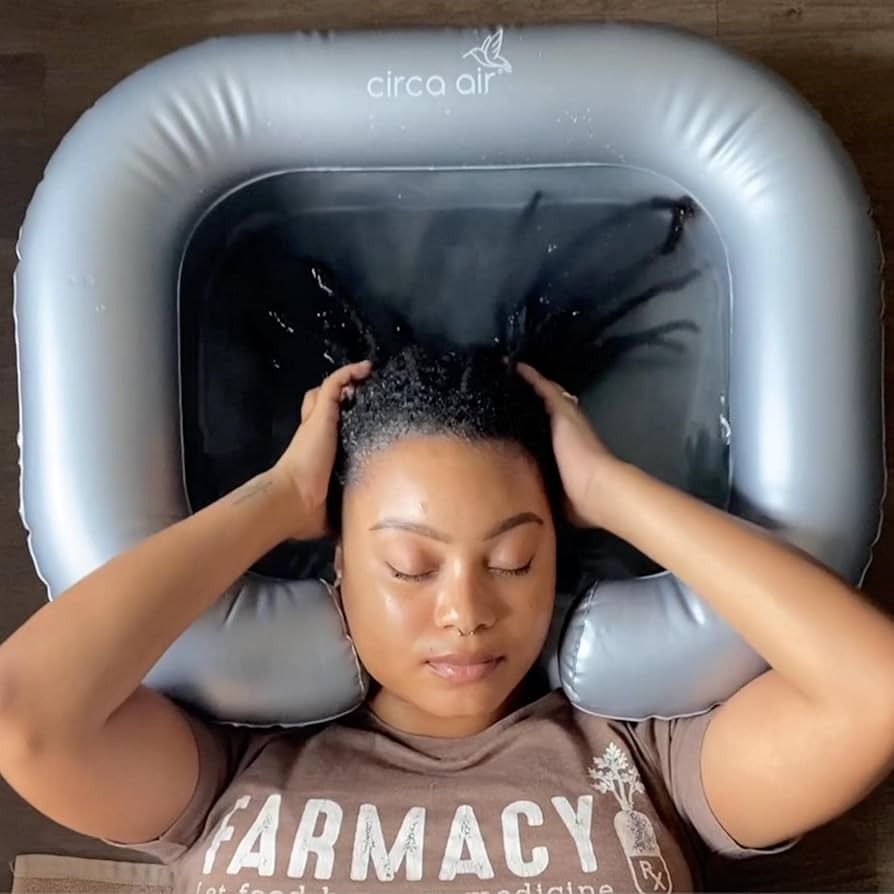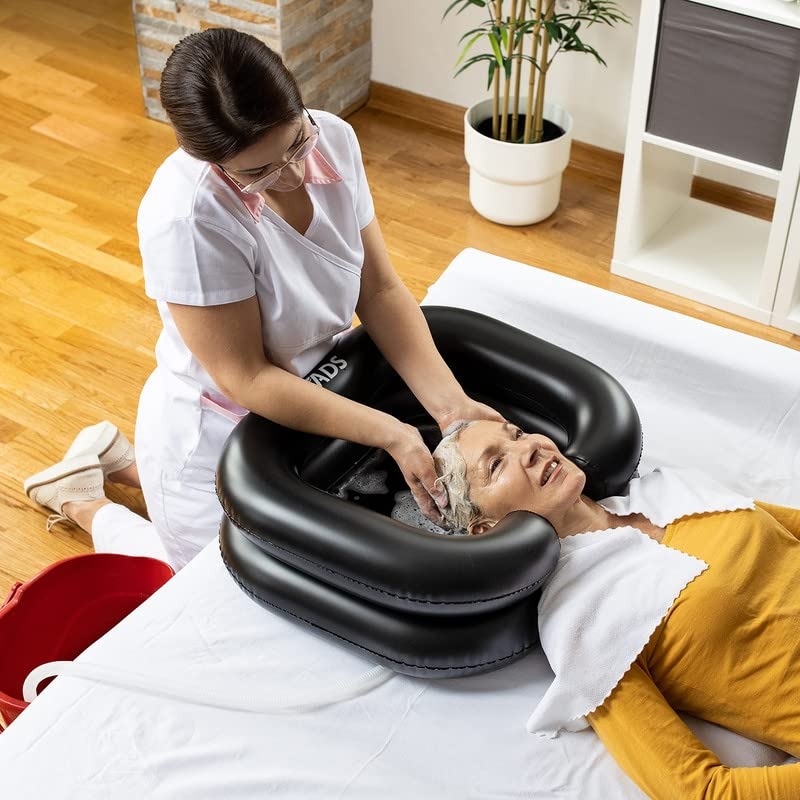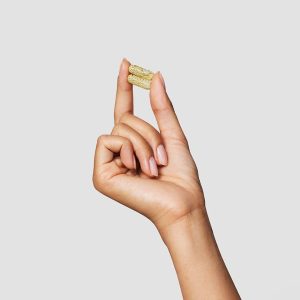
When it comes to hair care, the use of oil has gained significant popularity for its numerous benefits. However, many people frequently ask the question: how long to leave oil in hair before washing? The answer to this question can vary based on hair type, the type of oil used, and personal preference. Here’s a comprehensive guide that covers everything you need to know about oiling your hair and the optimal time to leave it in before washing.
The Benefits of Oiling Hair
Oiling hair provides numerous benefits for both scalp and hair health. Regular application of hair oil can lead to stronger, healthier locks. Here are some of the most significant advantages:
- Improves Scalp Health: Oiling helps in maintaining a well-moisturized scalp, which is essential for preventing dryness and dandruff.
- Promotes Hair Growth: Massaging oil into the scalp can boost blood circulation. This may encourage hair growth over time.
- Enhances Hair Texture: It can make hair softer and more manageable, reducing the risk of tangles and breakage.
- Protects Hair: Oils form a protective barrier over hair strands. This shield can protect hair from damage caused by styling products and environmental aggressors.
- Conditioning: Oiling acts as a deep conditioner, offering hydration and nourishment to the hair, especially if left on before a wash.
- Stress Relief: The act of massaging oil into your scalp is not only good for hair but also relaxing, which can help relieve stress.
Incorporating hair oiling into your routine can address several hair concerns and lead to improved hair health. Choose an oil suitable for your hair type and experience the transformation it can bring.
Choosing the Right Oil for Your Hair Type

Choosing the right oil is crucial for effective hair treatment. Each hair type requires different kinds of oils. Here are some tips that can help you select the best oil for your hair type:
- For Dry Hair: Use oils like coconut oil or argan oil. They offer deep hydration and prevent dryness.
- For Oily Hair: Lightweight oils such as jojoba oil work best. They do not weigh down the hair.
- For Normal Hair: Almond oil is a great choice. It balances moisture without causing excess oiliness.
- For Thin Hair: Consider lighter oils like grapeseed oil. They nourish the hair without causing heaviness.
- For Thick Hair: Olive oil or castor oil can be beneficial. These oils are thick and can handle the dense structure of thick hair.
Consequently, understanding the type of oil you are using directly influences how long to leave oil in hair before washing.Remember to warm the oil before applying to enhance absorption. Ensure the oil is not too hot to avoid scalp damage. A gentle, warm oil massage boosts blood circulation and enriches hair roots with nutrients. Start by testing a small amount on your skin to check for any allergic reactions. This ensures the oil is safe for your scalp and hair.Therefore, understanding your goal can help you decide how long to leave oil in hair before washing, leading to optimal results.
Pre-Wash Oil Application Techniques
Navigating through the process of pre-wash oil application can make a significant difference in the effectiveness of the treatment. Here are some effective techniques to apply oil to your hair before a wash.
- Start with a Clean Scalp: It’s essential to begin with a clean scalp. Any buildup can prevent the oil from penetrating properly.
- Warm the Oil: Gently warm the oil to enhance its absorbency. Ensure it’s comfortably warm, not hot.
- Section Your Hair: Divide your hair into sections. This helps in applying the oil evenly across the scalp.
- Use Fingertips: With your fingertips, apply oil to the scalp in a circular motion. This stimulates blood flow.
- Cover All Areas: Make sure to reach all areas of the scalp, including the back and sides.
- Apply to Hair Lengths: Distribute the oil through the lengths of your hair, focusing on ends that tend to be drier.
- Comb Gently: Use a wide-tooth comb to spread the oil and detangle your hair gently.
Applying oil with these techniques not only ensures thorough coverage but also maximizes the benefits of the treatment. Remember not to overdo the quantity; a few drops can go a long way.
How Much Oil to Apply for Effective Treatment
For this reason, considering the season provides valuable insight into how long to leave oil in hair before washing.Determining the right amount of oil for your hair is crucial. Excess oil requires more shampoo, leading to dryness. According to experts, here are a few guidelines on how much oil to use:
- For Short Hair: Start with a teaspoon of oil. It is enough to cover the scalp.
- For Medium Length Hair: Use two to three teaspoons. Ensure even distribution.
- For Long Hair: You may need a few tablespoons to cover all areas.
Application Tips:
- Warm the oil slightly. This enhances penetration and effectiveness.
- Avoid using too much oil. It could weigh down hair and increase shampooing needs.
- Distribute the oil evenly. Use your fingers or a wide-tooth comb.
Preventing overuse of oil avoids excessive washing, which can strip natural oils from your hair.
The Debate: Overnight Oiling vs. Pre-Wash Timing

Choosing when to oil your hair, either overnight or just before shampooing, has its pros and cons. Let’s explore both methods to help you decide what might work best for your hair care routine.
Overnight Oiling:
- Deeper Nourishment: Oiling your hair overnight allows more time for the oil to penetrate deeply. This can be especially beneficial for dry or damaged hair.
- Enhanced Absorption: The longer the oil stays on, the more nutrients are absorbed into the scalp and hair. This can improve hair health significantly.
- Drawbacks: However, leaving oil on overnight might attract dirt and cause build-up. It can also be messy and stain bedding.
- Not Suitable for All: People with oily scalp or those prone to acne might experience breakouts. It’s best avoided if you fall into these categories.
Pre-Wash Timing:
- Quick Nourishment: Applying oil 30-60 minutes before a wash can still provide essential moisture and protection.
- Less Risk of Build-up: Since the oil doesn’t stay long on the scalp, there’s lesser risk of attracting dirt or causing excessive oiliness.
- Convenience: This method is less messy and doesn’t require protecting your pillows or bedding from oil stains.
- Effective for All Hair Types: It’s generally suitable for all, including those with oily scalps. There’s minimal risk of adverse effects like pimples or heavy hair.
Ultimately, the choice between overnight oiling and pre-wash timing depends on your hair type, lifestyle, and personal preferences. Experimenting with both methods might help you find the perfect balance for your hair’s needs.
Proper Hair Oil Removal Strategies
No matter how nourishing the oiling session, removing oil the right way is just as important. Here’s a guide to ensuring your hair remains residue-free post-oiling:
Use the Right Shampoo: Select a clarifying shampoo appropriate for your hair type. This kind of shampoo thoroughly cleanses the scalp and strips away excess oil without over-drying your hair.
Warm Water Rinse: Start rinsing your hair with warm water. Warm water helps break down the oil, making it easier to remove with shampoo.
Gentle Application: Apply a small amount of shampoo and gently work it into a lather on your scalp. Avoid vigorous scrubbing which can cause hair breakage.
Double Cleansing: Consider washing your hair twice. The first wash removes the bulk of the oil, while the second ensures no residues remain.
Use a Hair Rinse: After shampooing, a hair rinse like diluted apple cider vinegar can help remove remaining oil and restore pH balance.
Condition Carefully: After oil removal, apply conditioner to the lengths of your hair. Focus on the ends to restore moisture but avoid the scalp to prevent oiliness.
Cool Water Finish: Finish with a cool water rinse. This seals the hair cuticles for added shine and smoothness.
Remember, over-shampooing can strip away not just the added oil but also natural hair oils. So, always find a balance in cleansing to maintain healthy, lustrous hair after oiling.
Mistakes to Avoid When Oiling Your Hair

When oiling your hair, it’s crucial to avoid common mistakes that can harm your hair. Here are some key points to bear in mind:
- Avoid Using Too Much Oil: Excessive oil can lead to heavy hair and require more shampoo to wash out.
- Don’t Apply Oil to Dirty Hair: Oil on a dirty scalp can cause build-up, leading to scalp issues.
- Never Use Hot Oil: Overheated oil can burn your scalp. Warm it only to a comfortable temperature.
- Do Not Over Massage: Vigorous massaging can break hair. Be gentle with your scalp.
- Do Not Leave Oil for Too Long: Leaving oil on for extended periods can attract dirt and cause build-up unless you opt for overnight treatment.
- Skip Oiling on Damp Hair: Some oils do not penetrate well on wet hair, making them less effective.
- Choose the Right Oil: Using the wrong oil for your hair type can lead to undesired effects.
Remember these tips, and you’ll make the most out of your hair oiling routine without damaging your hair. Choosing the right oil, amount, and method makes a world of difference in hair care.
Alternative Conditioning Treatments to Oiling
While hair oiling is an effective method for conditioning and maintaining healthy hair, there are alternative treatments to consider. Here’s a look at some conditioning alternatives that can nourish your hair just as well.
- Hair Masks: Deep conditioning hair masks infused with natural ingredients can provide intense moisture and repair. Apply post-shampoo, and leave on for a specified time before rinsing.
- Leave-In Conditioners: For added convenience, opt for leave-in conditioners. They hydrate and protect hair throughout the day and don’t require rinsing.
- Serums: Lightweight and hydrating, hair serums can tackle frizz, add shine, and offer heat protection without the need to rinse out.
- Protein Treatments: If your hair is particularly damaged or brittle, consider protein treatments to strengthen and restore hair structure.
- Vinegar Rinses: A rinse with diluted apple cider vinegar post-shampoo can help balance scalp pH and enhance shine.
In summary, determining how long to leave oil in hair before washing involves multiple factors.These alternatives are excellent for maintaining healthy hair without the extensive process of oiling. They cater to diverse hair needs and lifestyles, providing options for every type of hair concern. Whether you’re short on time or simply seeking a different approach to hair care, these methods offer effective solutions.





